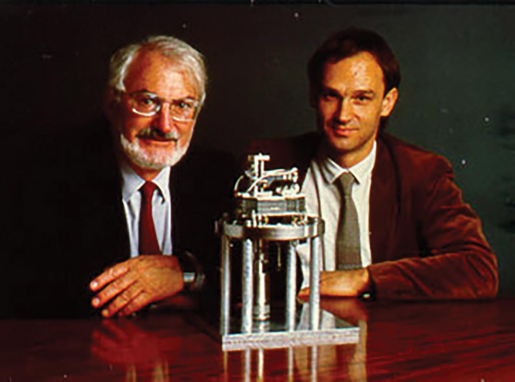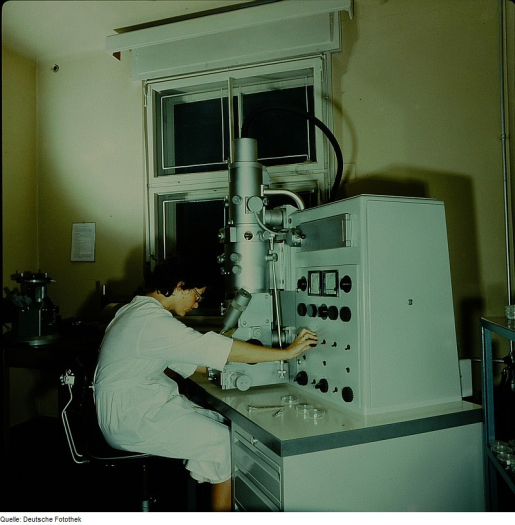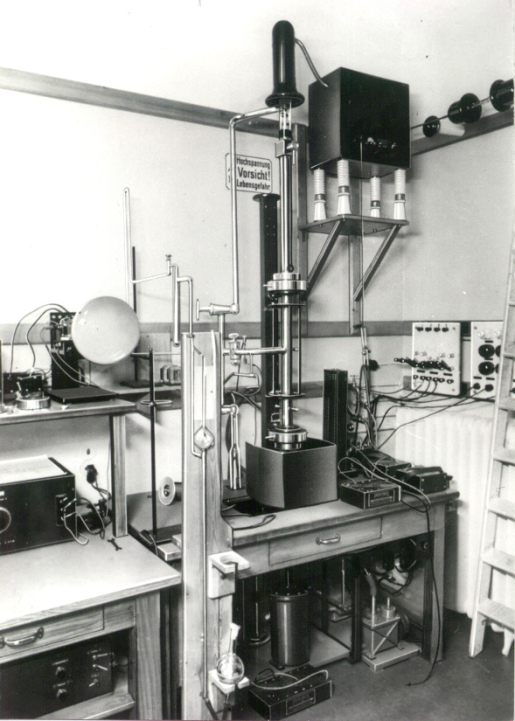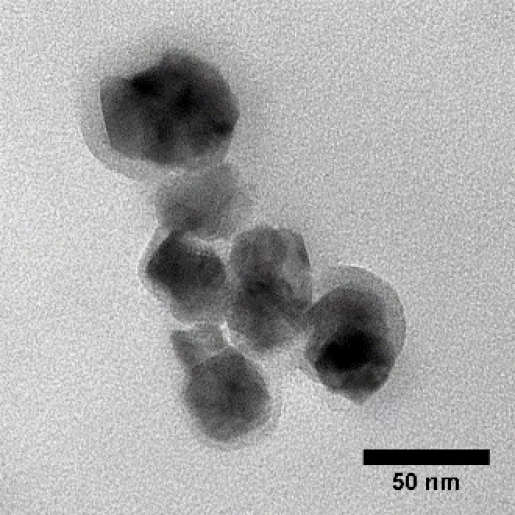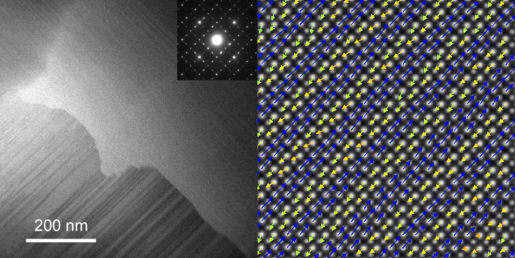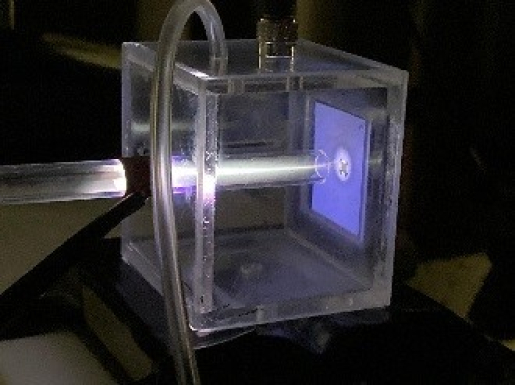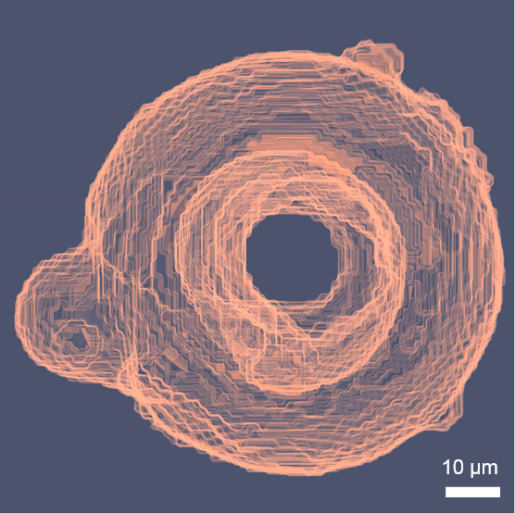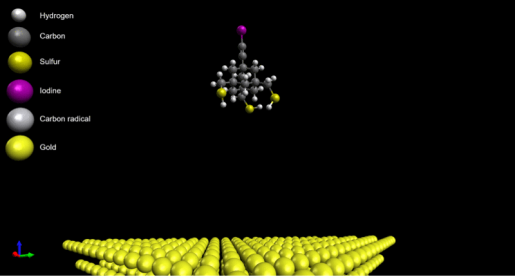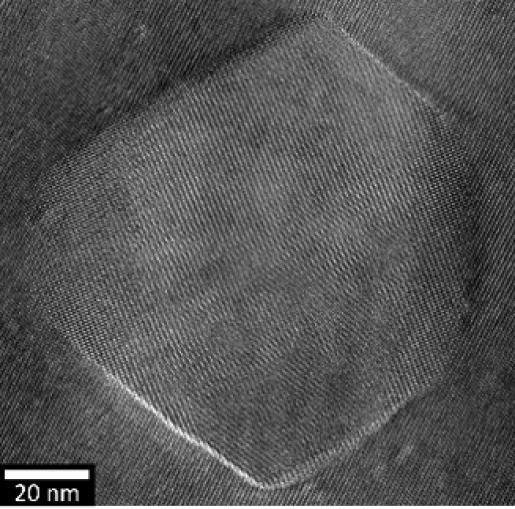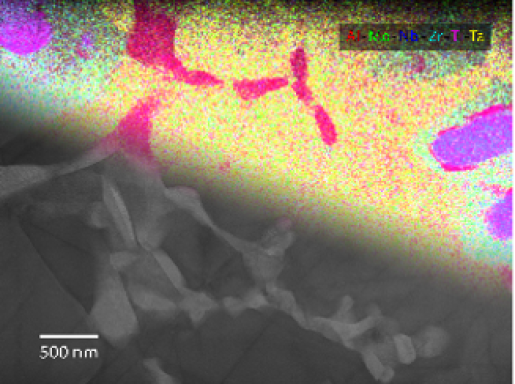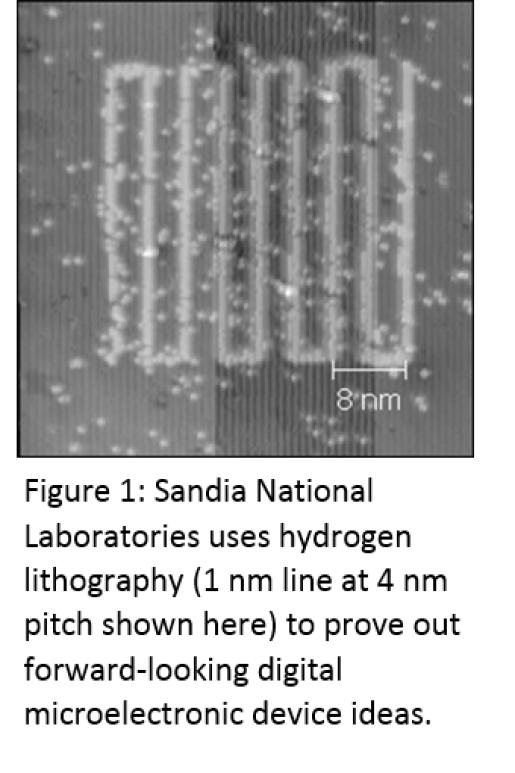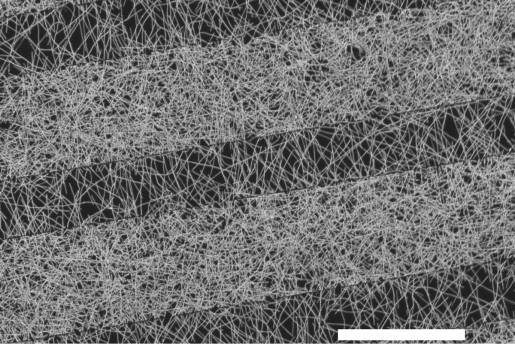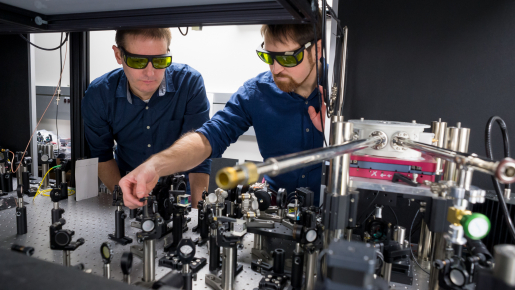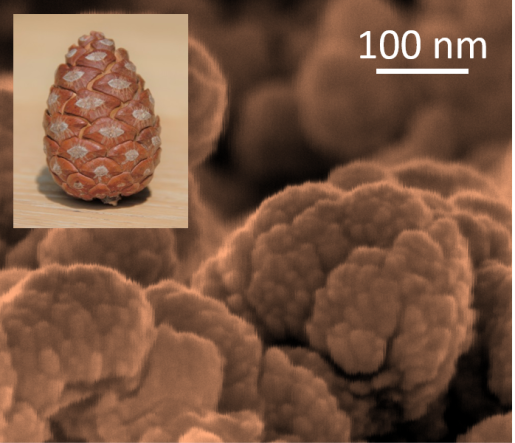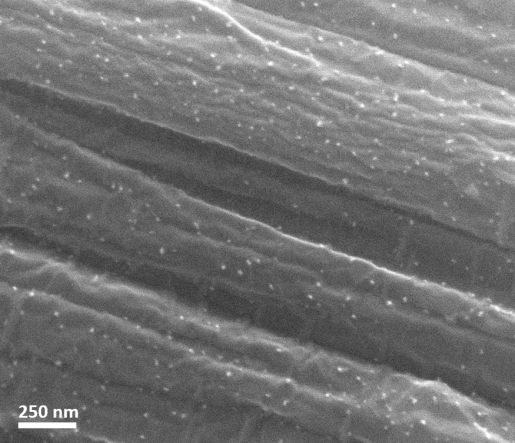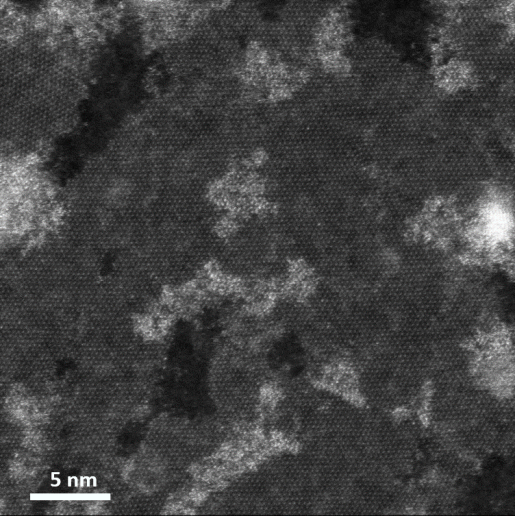Happy Nanotechnology Day! Today, the Advanced Manufacturing Office (AMO) is celebrating big in honor of the tiny world of nanoscience.
Nanoscience is the study and application of extremely small things and can be used across a range of science fields, including chemistry, biology, physics, materials science, and engineering.
At the nanoscale (10-9 meter) – 100,000 times smaller than the thickness of a piece of paper – everyday materials behave differently, exhibiting unique characteristics like high strength, better conductivity, increased chemical reactivity, and more.
At AMO, we use these powerful properties of nanotechnology to achieve significant improvements in energy efficiency and performance of materials, structures, devices, and manufactured goods. Harnessing this technology at a small scale is leading to big breakthroughs – moving us closer to our clean energy future, helping to achieve economy-wide decarbonization, and increasing the competitiveness of U.S. manufacturing.
Learn more about AMO’s nanotechnology projects below and join the celebration on EERE’s Twitter, Facebook, and LinkedIn pages using #NationalNanoDay.
Visit the National Nanotechnology Initiative’s website to see how other individuals and organizations are highlighting National Nanotechnology Day.
The Nano Carbon Expressway: Harnessing Nanotechnology to Enhance Conductivity
Through the Conductivity-enhanced materials for Affordable, Breakthrough Leapfrog Electric and thermal applications (CABLE) Conductor Manufacturing Prize, AMO is accelerating the development of affordable, manufacturable materials that conduct electricity more efficiently.
The 10 winning teams of Stage 1 of the competition are harnessing nanotechnology to make electrons more smoothly with less resistance, ultimately increasing the conductivity of materials that carry electricity. These conductivity-enhanced materials will power our clean energy future – from our national power grid to electric cars, trains, planes and motors to smartphones.
Learn more about the CABLE Prize and Stage 1 winners announced today.
Seeing the Unseeable: Nanotechnology Captured Beyond the Power of the Human Eye
Nanotechnology is much smaller than anything we can see with the human eye. Just how much smaller? One nanometer is 100,000 times smaller than one single human hair. Capturing images at the nanoscale requires special tools that allow scientists and engineers to "visualize" and manipulate materials at a scale far beyond what human beings can see.
The photo galleries below capture nanotechnology and showcase the range of nanoscale projects across AMO’s research and development (R&D) portfolio.
Nanoscale Tools
These microscopes use electrons, photons, or other probes to create and gather data. With the help of advanced computing, these instruments then transform the signals into the images seen below.
Energy Storage
As a part of the DOE-wide Energy Storage Grand Challenge and Long Duration Storage Shot , AMO aims to develop a strong, diverse domestic manufacturing base with integrated supply chains to support U.S. energy-storage leadership. In support of this goal, AMO is using nanotechnology to explore new materials that can address energy-storage material challenges.
Novel Manufacturing Tools and Methods
Additive manufacturing—also known as 3D printing—allows manufacturers to innovate quickly, design flexibly, reduce energy use, and use materials more efficiently. Additive-manufacturing processes can also be used to generate nanoscale features, such as nanoscale precipitates within solid-metal parts, that can be tailored to produce high-performance properties, such as high-strength, high-temperature fatigue life, or improved toughness.
In addition to additive manufacturing, researchers are developing bio-inspired, “self-assembly” manufacturing methods, such as “DNA origami.” This method involves using DNA strands as construction materials that self-assemble by “folding,” like paper origami, into a wide variety of DNA-molecule-scale 2D and 3D shapes. This new technology could be used for a range of applications, including semiconductor-DNA hybrids for computing and data storage.
Water
As a part of the Water Security Grand Challenge, AMO is pursuing transformational technology and innovation to meet the global need for safe and secure water. Part of this work includes creating fresh water from nontraditional water sources at pipe parity. Nanotechnology may be able to support new filtration methods to achieve this goal.
Microelectronics
Microelectronics—electronic designs and components made at the tiniest scale—enable the development of high-performing, smaller transistors and capacitors. This research is vital for pursuing next-generation technologies to support the anticipated increase in the density of electronic devices.
In addition to building very small components, AMO’s microelectronics work includes new composite materials and manufacturing methods that offer improved properties, such as higher conductivity (think CABLE Prize and the nanocarbon expressway!)
Chemical Manufacturing
When applied to chemical manufacturing, nanotechnology offers the opportunity to develop new, atomically precise catalysts—materials that increase the rate of a chemical reaction—for specific processes that dramatically reduce energy intensity and improve material productivity for industry.
One way nanotechnology can improve the energy efficiency of chemical manufacturing is by offsetting the need to use high heat to manufacture chemicals. It can also optimize manufacturing processes to produce a desired chemical without byproducts, which consume energy and material while creating waste.



